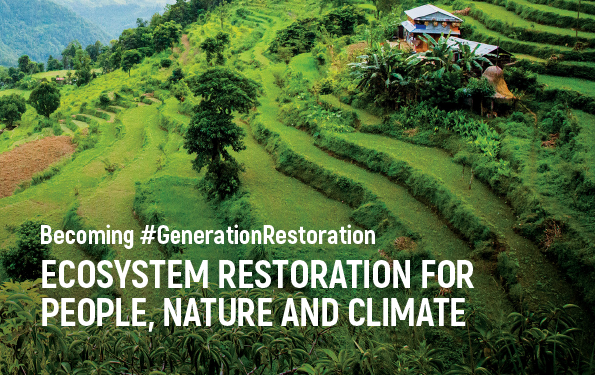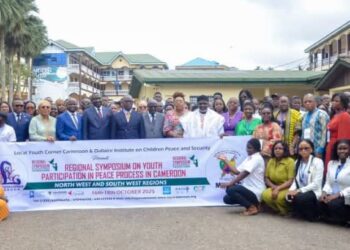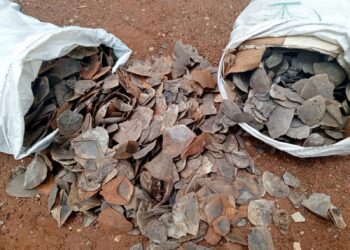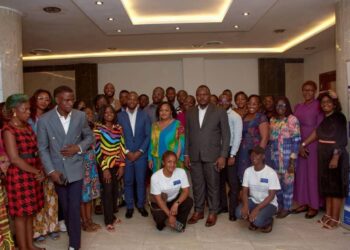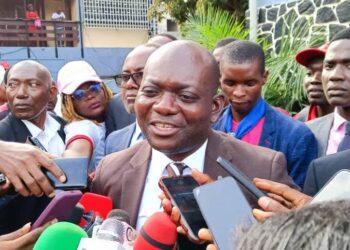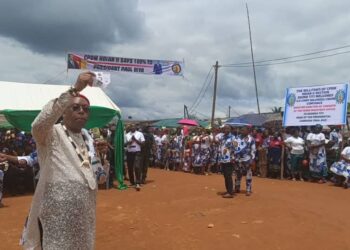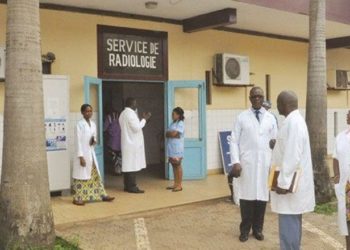In a world grappling with the challenges of food insecurity, climate change, landscape degradation, and rural poverty, regreening offers a path forward, especially in dryland areas.
The just ended first ever Digital Conference on Drylands Restoration in Africa that held from June 2-3, 2021, raised awareness on the need to adopt an African Vision of Restoration, by laying a solid foundation in the UN decade for change 2021-2030.
“Copy and paste solutions have proven not to be the best in Restoring Drylands across the continent, there is no ‘one-size-fits-all’ option, what has worked elswhere like in the UK and US may not work well for Africa” Salima Mohamoudou, from the World Resource Institute, WRI declared as she chaired one of the sessions of the conference that focused on “Decolonizing Restoration, Laying Solid Foundation”.
During the session and in most of the discussions of the last day of the forum, the various experts underscored the need for Africa to decolonize restoration and embrace the roots of restoration which to them is enshrined in sustainable community based practices.
According to Josephine Makuete, Senior expert for landscape restoration, associated research, forest and environmental programme GIZ, CIRAD Cameroon, the different capacity building workshops that should come up in line with Ecosystem Restoration must depend solely on the realities of the local community.
“Africa restoration strategies need to bring the custodians into perspective and use their resources resourcefully,” Tabi Joda, Executive Director of GreenAid Cameroon said adding that;
“The local communities are not just stakeholders in the restoration process but they are the custodians of all that goes into restoration, they are front-liners to restoration.”
Discussions during a session on the “Roots of Restorations” prooved that transformation starts with local communities and thus there is need to develop a “Village land use national plan” that will truly involve communities, in other words, bring stakeholders back under the baobab tree for dialogue.
Tabi Joda, from GreenAid Cameroon, presented a true African restoration strategy that does not only revive landscape, but create jobs and employment through the planting of medicinal and other important species of trees.
The role of Youths and Women was seriously highlighted during the Global Landscape Forum Conference.
Africa is the world’s youngest continent according to statistics from UNESCO, and so capacity building of youths in the continent through generational restoration of champions could just play the magic.
Capacity development and applications are the pillars of restoration in the UN decade for change, 2021-2030, and from discussions at the conference, restoration in Africa should not be limited to planting of trees, but also restoration of grasslands, livelihoods, social relations and skills, institutional skills just to name but these.
Since 2/3 of Africa’s Drylands is degraded, monitoring of the restoration process could help evaluate it’s progress.
That explains why one of the sessions of the conference was on “Tracking Restoration Progress in Africa’s Drylands, Back to Basics”.
Salima Mohamoudou, from WRI, revealed at the session that “If we cannot see it, we cannot solve it”.
African nations were through the Drylands Restoration Forum invited to equally lay emphasis on the collection of relatable and accurate data and improve their skills in data management.
This, experts say, would help decolonize restoration and promote mindset shift.
